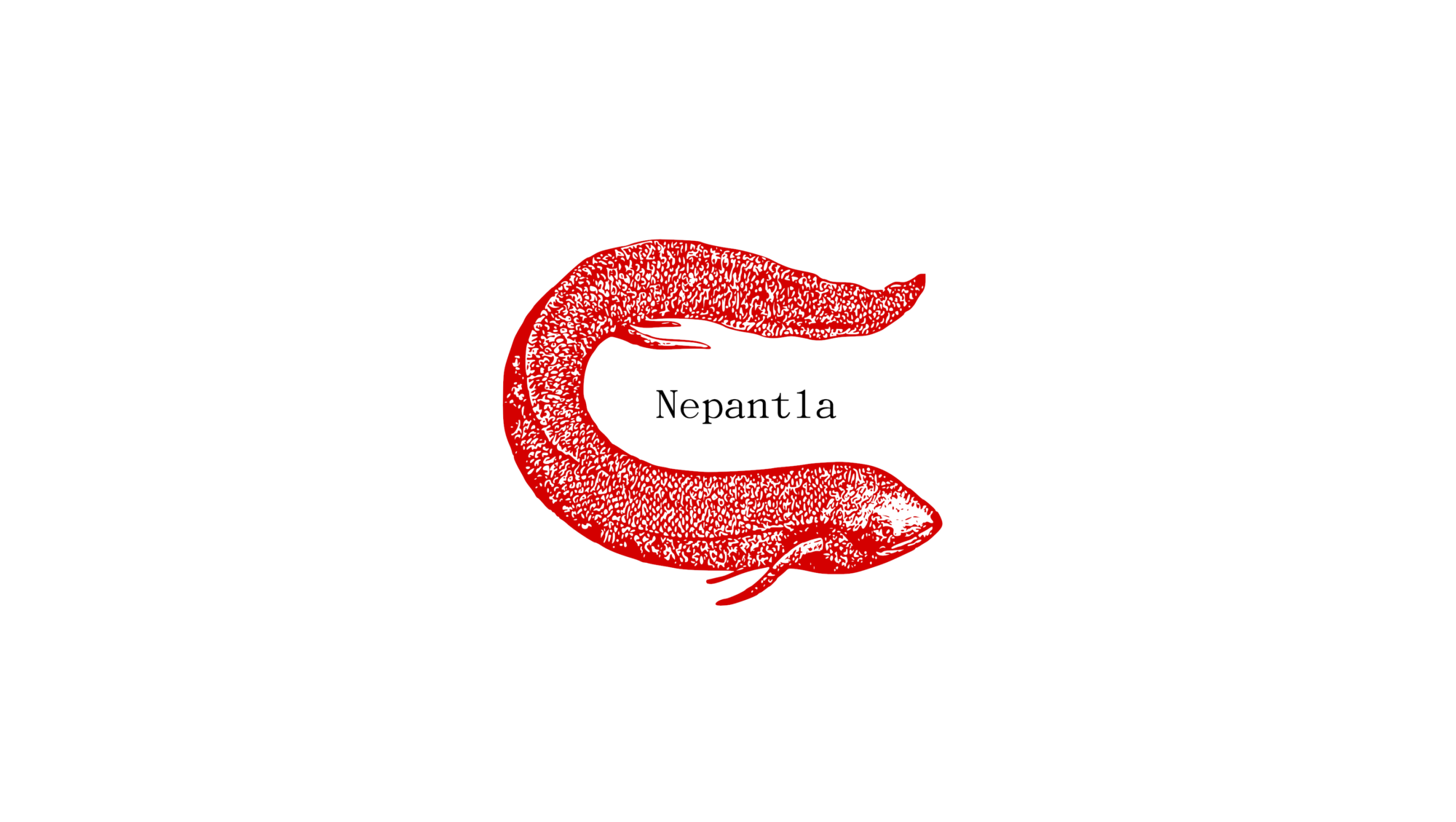
No sabemos dónde nos espera la muerte, esperémosla por doquier. La meditación sobre la muerte es meditación sobre la libertad. Quien haya aprendido a morir, ha des-aprendido a servir. Saber morir nos libera de cualquier sugestión y de toda restricción.
Michel de Montaigne
A partir de la historia se nos ha enseñado que cada fenómeno social ha tenido, o puede tener, implicaciones políticas, por lo que resulta oportuno examinar atentamente el nuevo concepto que ha ingresado hoy en el léxico político de Occidente: “distanciamiento social”. Si bien el término se ha producido como un eufemismo de frente a la crudeza del término “confinamiento” utilizado hasta ahora, resulta apremiante preguntarse: cómo sería un orden político que se fundase en dicho término. Esto es tanto más urgente, cuanto no se trata únicamente de una hipótesis meramente teórica, si acaso es verdad, como se comienza a decir por doquier, que la actual emergencia sanitaria puede considerarse como un laboratorio donde se preparan nuevas estructuras políticas y sociales que esperan a la humanidad.
Como sucede siempre, aunque existan los tontos que sugieren que tal situación puede ser considerada ciertamente desde una óptica positiva; y que las nuevas tecnologías digitales permiten, desde hace tiempo, comunicarse felizmente a distancia, no creo que una comunidad fundada sobre el “distanciamiento social” sea habitable en sentido humano y político. En todo caso, sea cual sea la perspectiva, me parece que éste es el tema a reflexionar. Una consideración inicial concierne la naturaleza verdaderamente singular del fenómeno producido con las medidadas del “distanciamiento social”. Canetti, en aquella obra maestra llamada Masa y poder, define la masa sobre la cual se funda el poder a través de la inversión del miedo a ser tocado. Mientras los hombres generalmente temen ser tocados por un extraño, y mientras todas las distancias que los hombres instituyen a su alrededor nacen de dicho temor, la masa representa una situación única, donde tal miedo se torna en su contrario.
<<Tan solo en la masa, el hombre puede redimirse del temor a ser tocado…En el momento en que se abandona a la masa, no teme más a ser tocado…Ninguno que se aproxime es igual a nosotros, lo sentimos como si nos sintiéramos a nosotros mismos. De repente, es como si todo acaeciese al interior de un cuerpo único… Dicha inversión del miedo a ser tocado es peculiar a la masa. El alivio que se extiende en ella alcanza una medida tanto más evidente cuanto más densa sea, justamente, la masa.>>
No sé qué habrá pensado Canetti en torno a la nueva fenomenología de masa que tenemos de frente: aquello que han creado las medidas de distanciamiento social y el pánico es, ciertamente, una masa – pero una masa, por decirlo así, invertida, formada por individuos que se distancian entre si a cualquier costo. Una masa que no es densa, y que está, por ende, enrarecida y, no obstante, sigue siendo una masa; si acaso, como precisa Canetti poco después, ella se define por su carácter compacto y su pasividad, en el sentido de que << un movimiento verdaderamente libre no sería posible de ninguna manera…ella espera un líder, que le será mostrado.>>
Algunas páginas después, Canetti describe la masa formada a través de un interdicto, <<en donde muchas personas reunidas desean no hacer más que aquello que han hecho individualmente hasta tal momento. El interdicto es repentino: se lo imponen a si mismos…en cualquier caso, esto sucede con máxima fuerza. Es categórico como una orden; por ello, el carácter negativo es, empero, decisivo.>>
Es importante que no se nos escape el hecho de que una comunidad fundada sobre el distanciamiento social no tendría qué hacer, como se podría creer ingenuamente en un individualismo llevado hasta el extremo: ésta sería, más bien, como aquello que vemos hoy en torno a nosotros, una masa enrarecida y fundada sobre una prohibición, pero, precisamente por ello, particularmente compacta y pasiva.
6 abril de 2020
Giorgio Agamben

